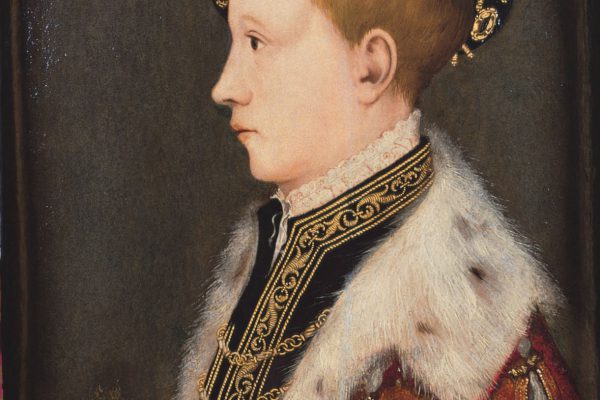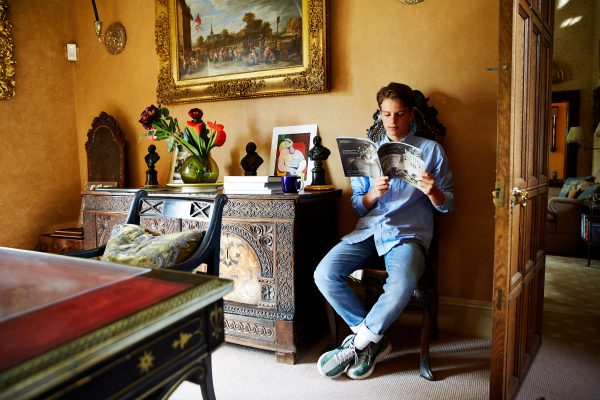The Bamburgh Castle Library
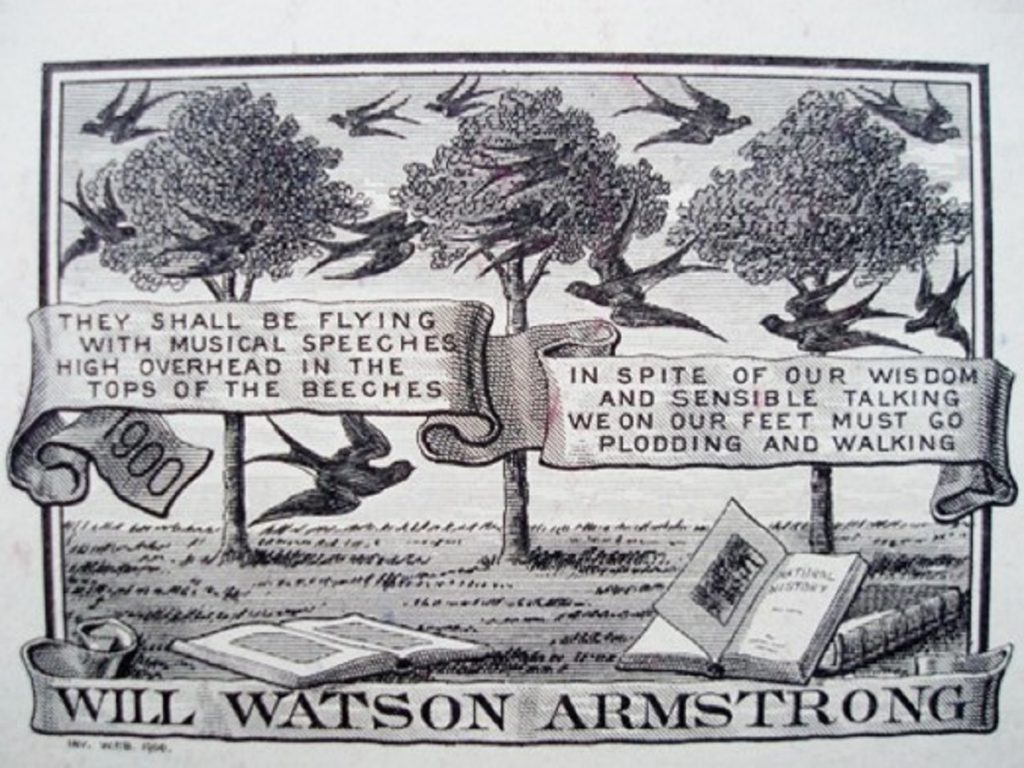
The library area would have formed part of the castellan’s apartments, from where running of the castle took place during the medieval period. Now principal figures from the 19th and early 20th century are defined through their personal collections of books. Full of potential for research, the library is not a static collection but gives primary source insight to people, buildings and local environments.
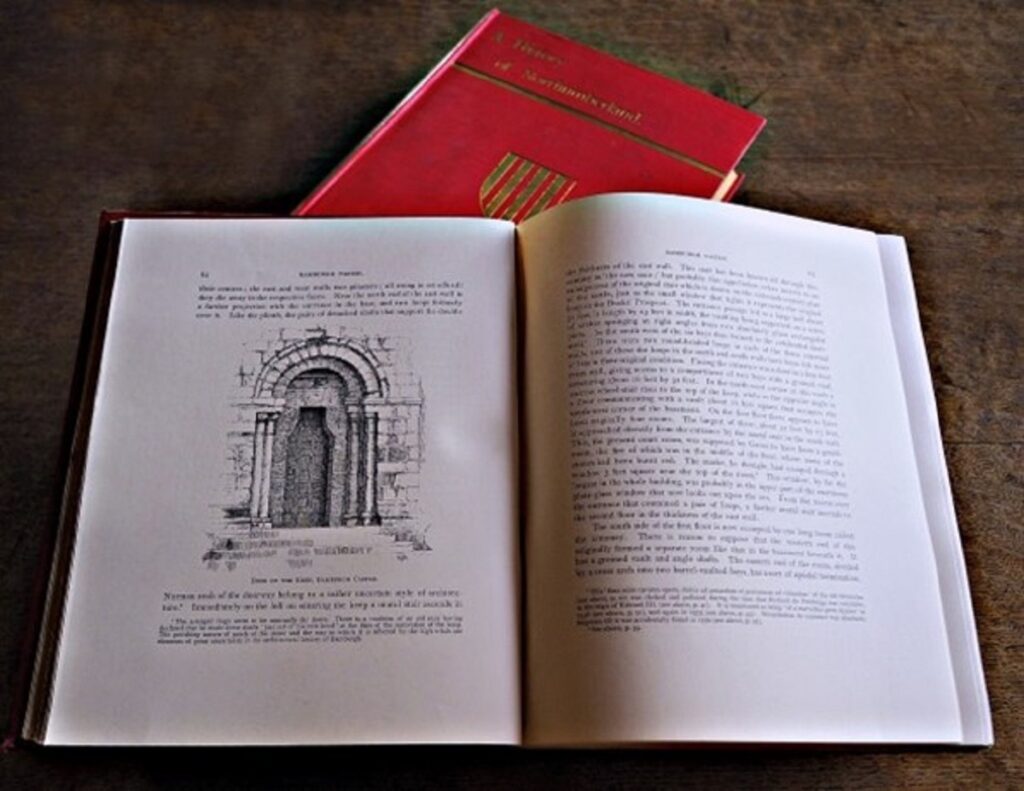
Many of the books have etched bookplates attributable to their owner. Dominant subjects include mechanics, local history, engineering, travel, natural history and science.
The earliest books represented belonged to Armorer Donkin who was a friend of the Armstrong family. He employed and encouraged William George Armstrong before and during his engineering career. Some of his books are Shakespeare and Holbein, Hogarth and Richardson Drawings from the 17th and 18th centuries.
Electric Movement in Air and Water was written by Lord Armstrong in 1897. This followed his exploration of practical electrical experiments which he photographed and here explained their development. He undertook this pioneering work at the age of 87, when he felt he had time to pursue specific interests of his own. His grandson, Captain William Watson Armstrong, wrote of his First World War experiences in My First Week in Flanders, 1916.
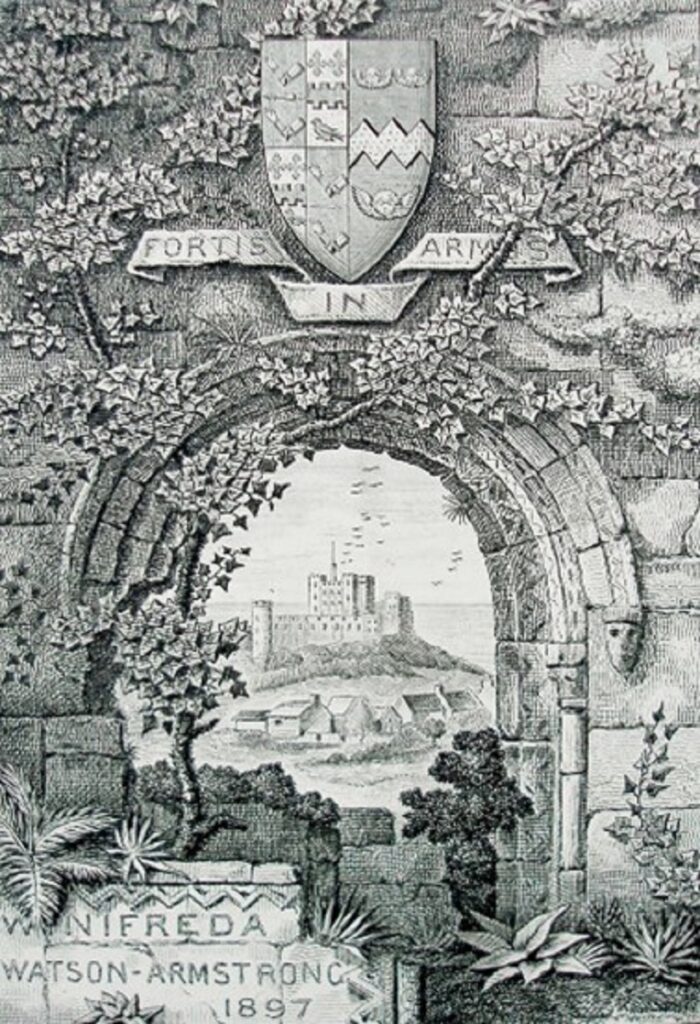
There are also family photograph albums, diaries, newspaper cuttings and personal writings. The Armstrong family came from Wreay, Carlisle, to Newcastle in the 1790s. Anne Armstrong was the sister of William George, First Lord Armstrong. As a child, she wrote a Journal to the Lakes in 1809.
It is a detailed account of the journey, many changes of horses, meals taken, the places they travelled through and meetings with family. ‘Ulswater Lake is deemed the finest of all the Lakes by many, it was certainly so.’ ‘We supped in the company of my Grandfather and Grandmother, and Uncle Armstrong, and Cousin Jane, who all took leave of us about 10 o’clock in good spirits and in great good humour’.
On the return journey ‘We arrived at Hexham about 7 and partook of a very hurried dinner, …at the renewed angry clangor of the tuneless horn I was obliged to withdraw from my third tart just as it was about to be served up and others their glasses. After a drowsy sleep we landed safe and well at Newcastle about 10 o’clock.’ In 1826 Anne married William Watson. Some of the Watson family journals are tricky to decipher with two layers of words at right angles in cross-writing style.
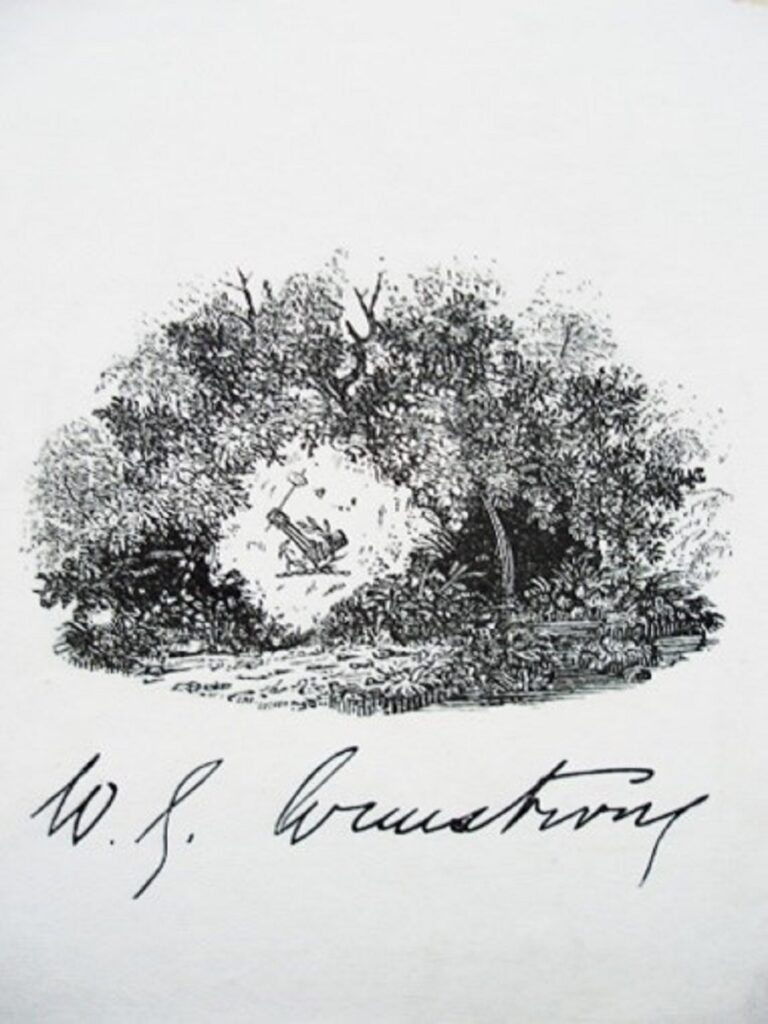
Other libraries
William Armstrong, Lord Armstrong’s father, was a keen mathematician and historian. He was an early member of the Newcastle Literary and Philosophical Society to which he bequeathed his collection of 1,200 mathematical books.
An early Bamburgh library began in St Aidan’s Church. From 1723 there was a lending library as part of the provision of pastoral duties.
From 1778 the Sharp family library at Bamburgh Castle was a lending library until it was moved to Durham University between 1938 and 1958. It forms a special collection at Palace Green Library and the music manuscripts were transferred to Durham Cathedral Library. Dr John Sharp was a Trustee of the Lord Crewe Trustees. He inherited his grandfather’s and father’s library dating from 1660. With valuable additions from other members of the family, a librarian was appointed to care for and to lend any of the 14,000 books to suitable persons. It was made available for use by visiting trustees, the local clergy and well-known housekeepers. Collecting continued until the late 19th century by the Lord Crewe Trustees. Subjects included music, very early printed material, theology, law, early atlases, anti-slavery literature, history, French and Italian literature.
Part of Dr John Sharp’s will of 1792 reads ‘Also I give to my dear Wife any English Books to the number of one hundred that she shall chuse out of my Library’.
Words by Lisa Waters, curator at Bamburgh Castle
Photography by Paul Buxton
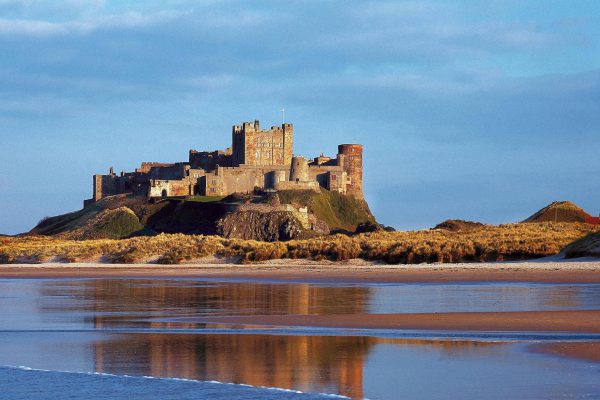
Bamburgh Castle
Bamburgh, Northumberland, NE69 7DF

